Technological Advancements
Innovations in incineration technology are playing a pivotal role in shaping the Marine Incinerator Market. Advanced incinerators now feature improved combustion efficiency and reduced emissions, making them more environmentally friendly. These technological enhancements not only comply with regulations but also optimize operational costs for shipping companies. The integration of automation and real-time monitoring systems in incinerators allows for better performance tracking and maintenance, which is crucial for compliance. As a result, the Marine Incinerator Market is likely to witness a surge in demand for these advanced systems, with a projected increase in market size by approximately 7% over the next few years.
Economic Growth in Maritime Trade
The Marine Incinerator Market is also being propelled by the economic growth in maritime trade. As global trade expands, the number of vessels operating in international waters increases, leading to higher waste generation. This surge in maritime activity necessitates efficient waste management solutions, including incineration. The market for marine incinerators is anticipated to grow in tandem with the shipping industry, with estimates suggesting a compound annual growth rate of 4% over the next five years. This growth is indicative of the increasing reliance on incineration as a practical solution for waste disposal in the maritime sector.
Growing Awareness of Environmental Impact
There is a rising consciousness regarding the environmental impact of waste disposal in the Marine Incinerator Market. Stakeholders, including shipping companies and consumers, are becoming more aware of the ecological consequences of improper waste management. This awareness is driving the demand for effective waste disposal solutions, including incineration. As companies strive to enhance their sustainability profiles, the adoption of marine incinerators is expected to increase. The Marine Incinerator Market could see a growth trajectory of around 6% as companies seek to align their operations with environmentally responsible practices.
Investment in Sustainable Shipping Practices
Investment in sustainable shipping practices is emerging as a key driver for the Marine Incinerator Market. Shipping companies are increasingly recognizing the importance of sustainability in their operations, leading to a greater focus on waste management solutions that minimize environmental impact. This shift is prompting investments in modern incineration technologies that align with sustainability goals. As more companies commit to reducing their carbon footprint, the demand for efficient marine incinerators is expected to rise. The Marine Incinerator Market may experience a growth rate of approximately 5% as these investments become more prevalent in the maritime sector.
Regulatory Compliance and Environmental Standards
The Marine Incinerator Market is increasingly influenced by stringent regulatory frameworks aimed at reducing marine pollution. Governments and international bodies have established regulations that mandate the proper disposal of waste generated by ships. For instance, the International Maritime Organization has set guidelines that require vessels to manage waste effectively, which includes incineration as a viable option. This regulatory pressure compels shipping companies to invest in compliant incineration technologies, thereby driving market growth. The Marine Incinerator Market is projected to expand as more vessels are required to adopt these technologies to meet environmental standards, with an estimated growth rate of 5% annually over the next five years.


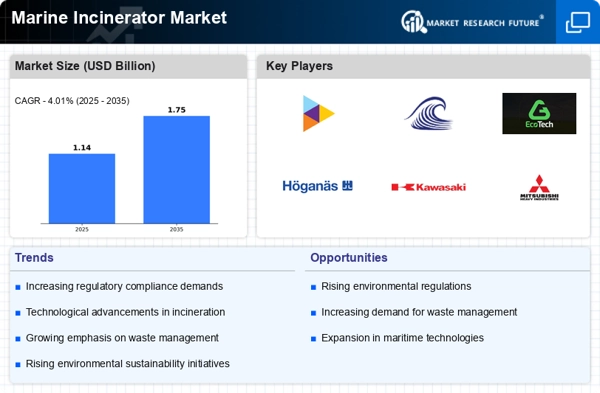
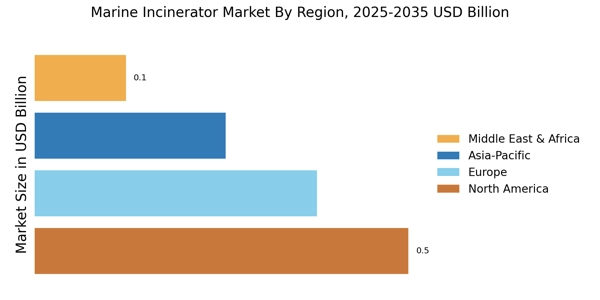
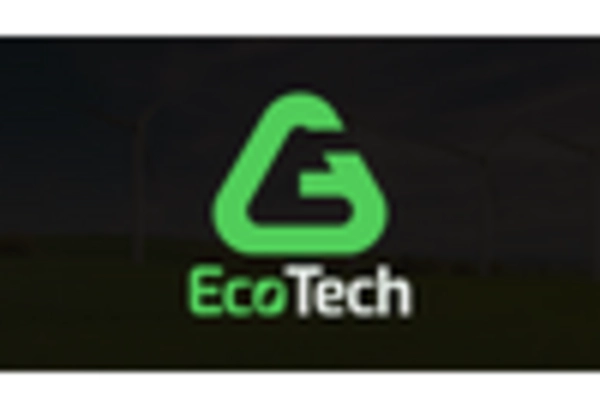
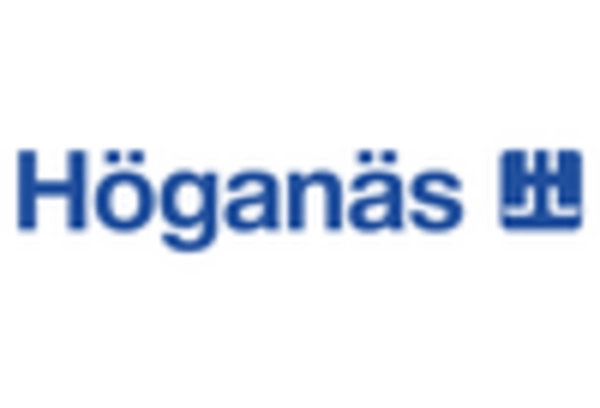

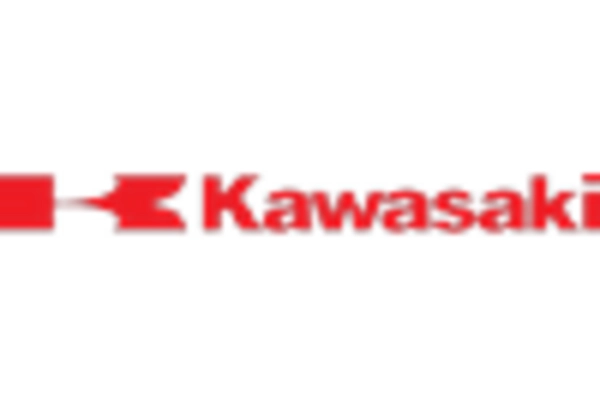

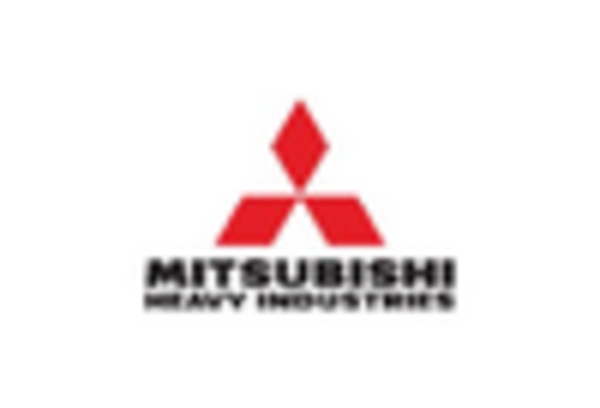








Leave a Comment